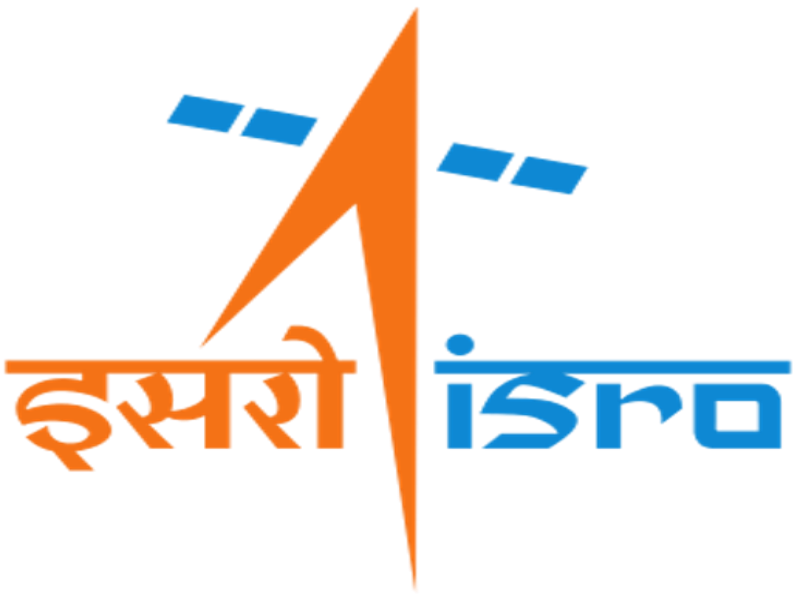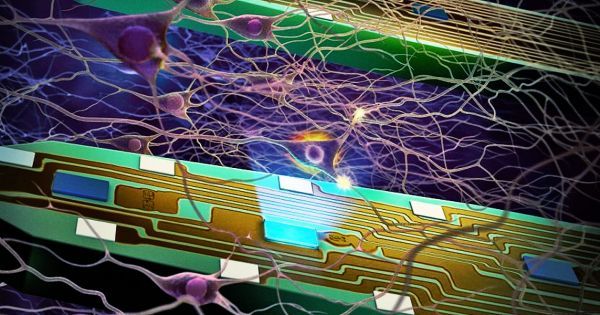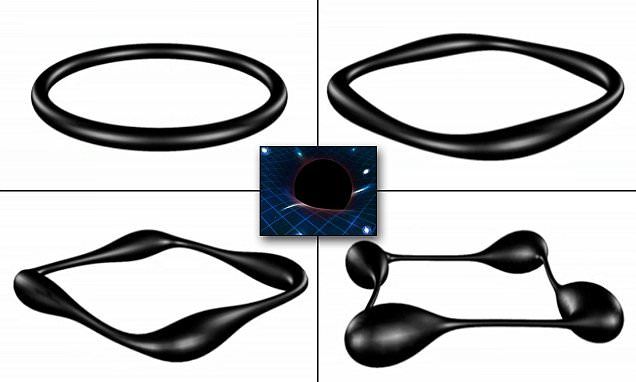Feb 19, 2016
Cyber fraud held in Guwahati
Posted by Karen Hurst in categories: business, cybercrime/malcode, transportation
HYDERABAD: Telangana police and Assam police nabbed an online fraudster in Guwahati on Thursday, even as the culprit tried to open fire at the police party.
A team of Cyberabad Cyber wing police had been camping in Guwahati for the last two days to nab one Vipul, wanted in a Rs 76-lakh online fraud case. He would send emails promising to get contracts in corporate companies, but after collecting money he would cheat the aspirants. The Cyberabad police party called Vipul on the pretext of some business deal to trap him. Crime wing officials and Assam police were waiting in a car for Vipul, who arrived in a Scorpio car.
However, Vipul got alert after seeing the police party and sped away from the location. On seeing the culprit slipping from the location, police chased his car.

















